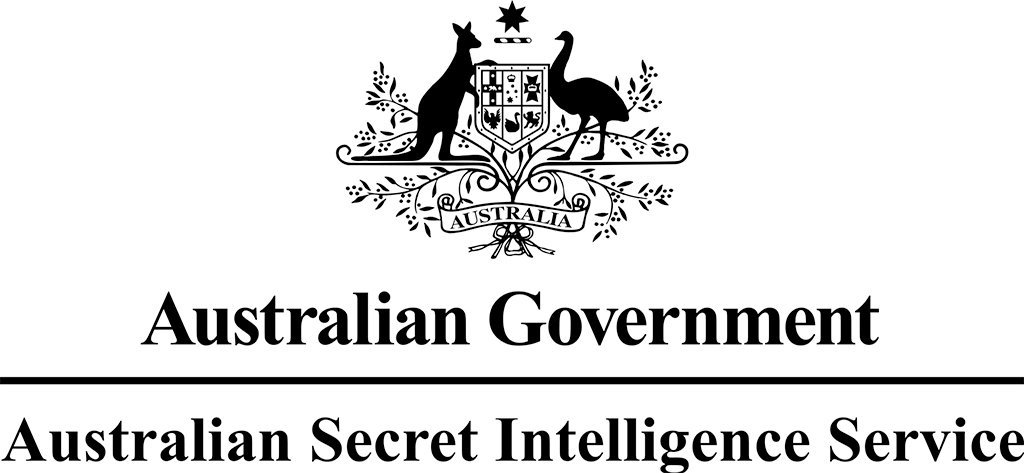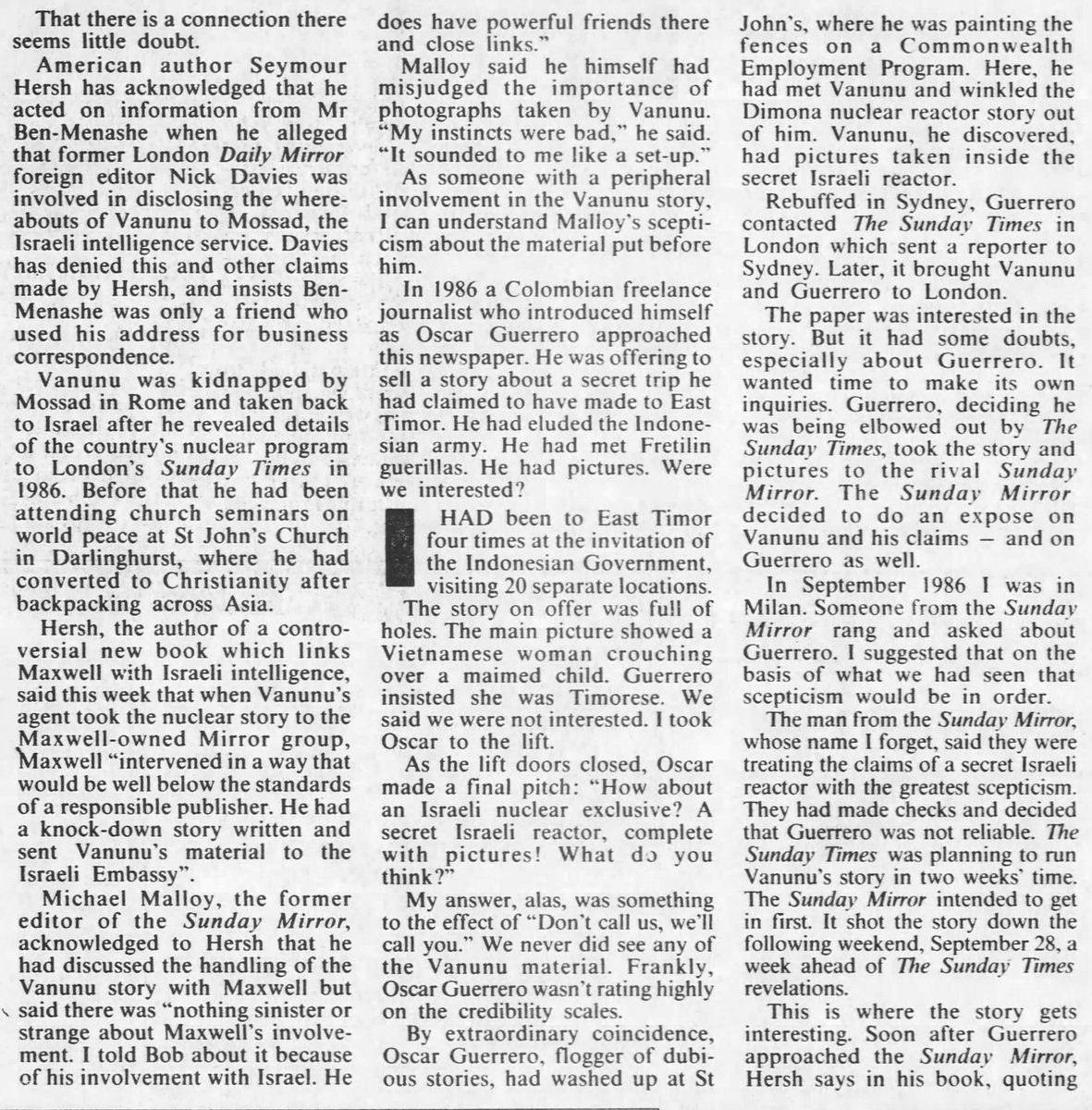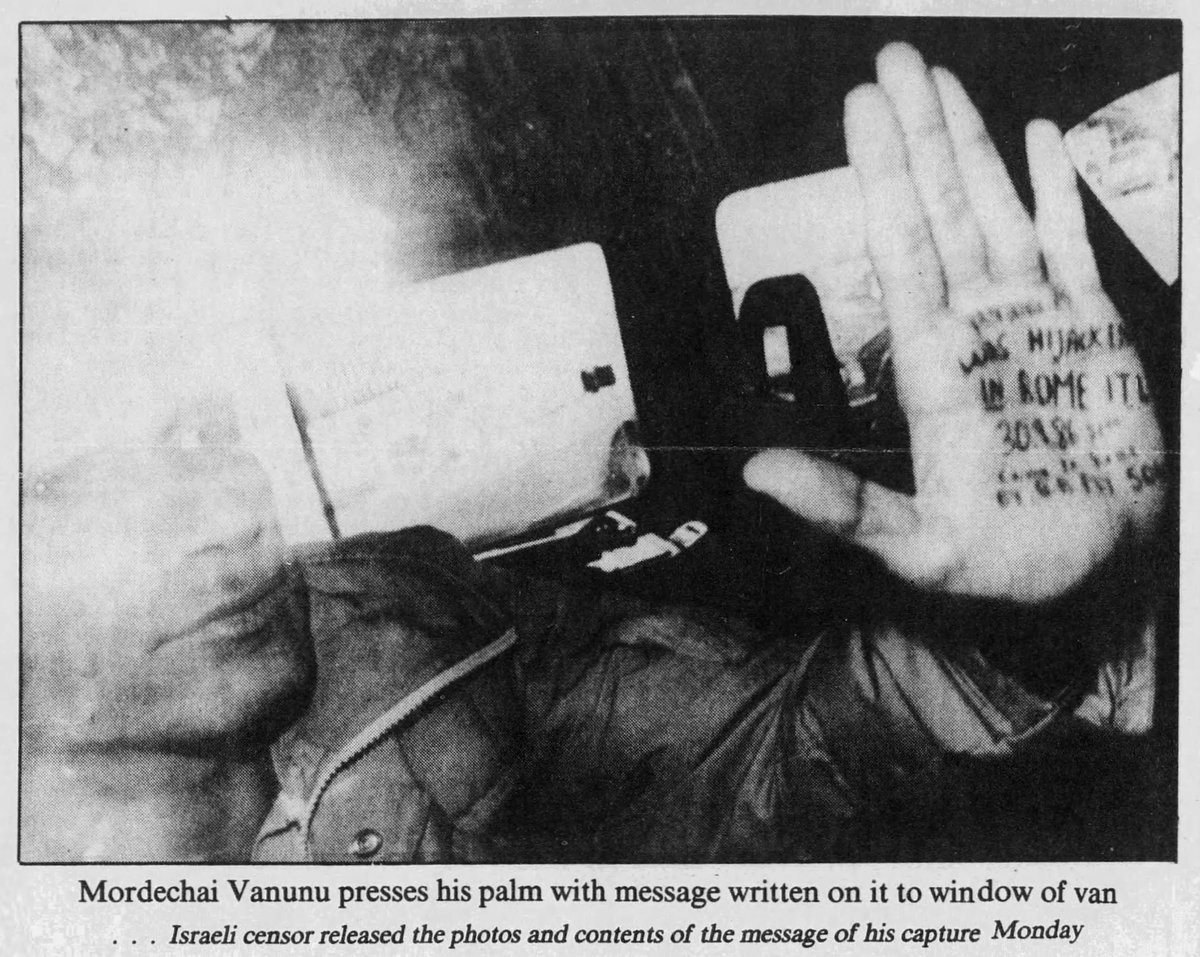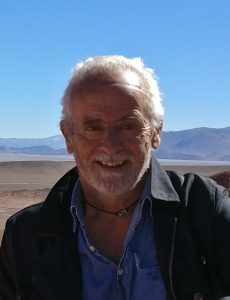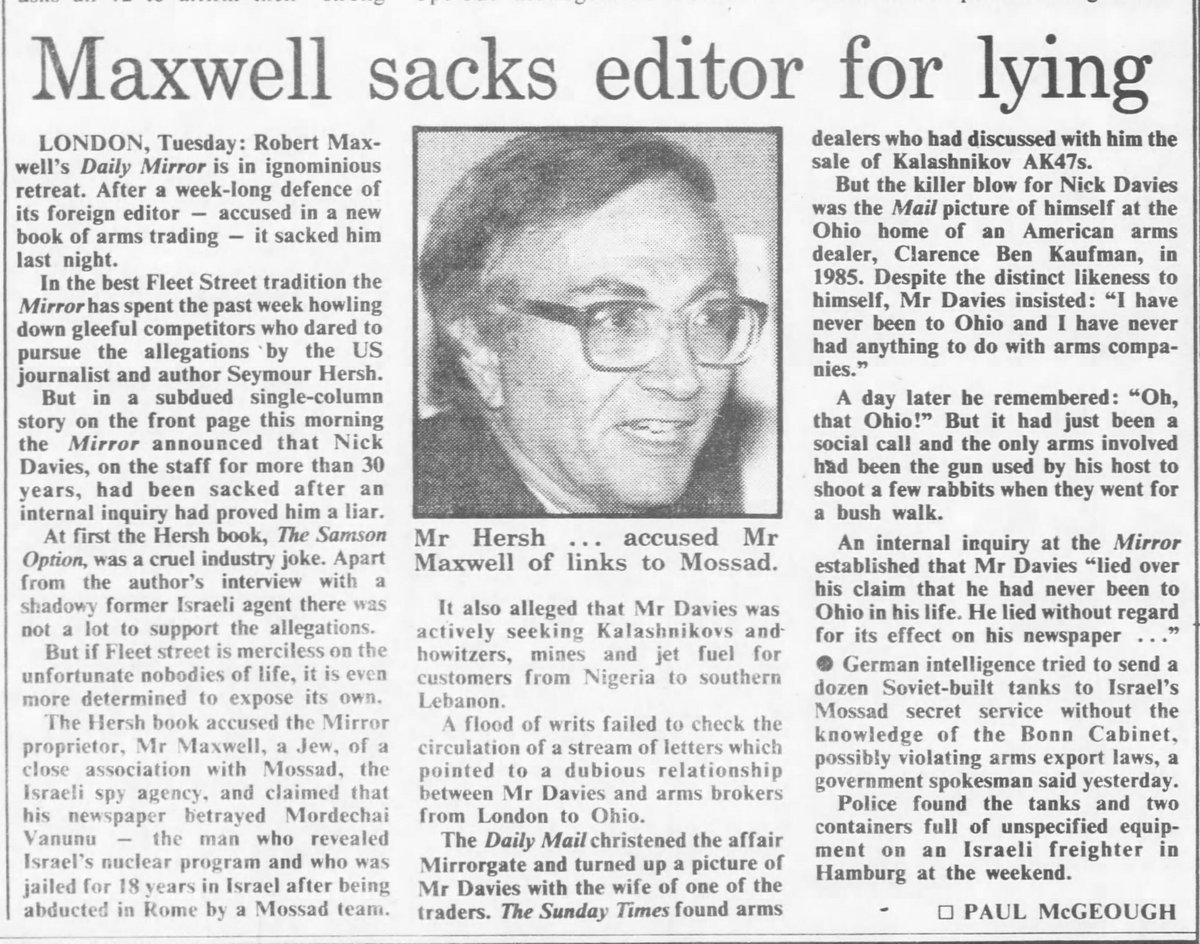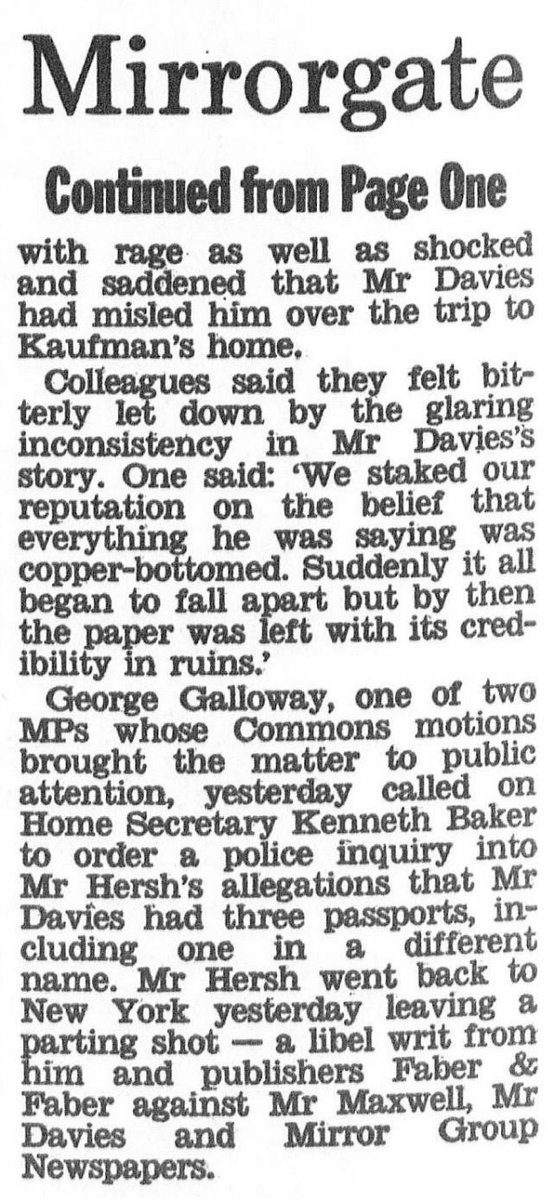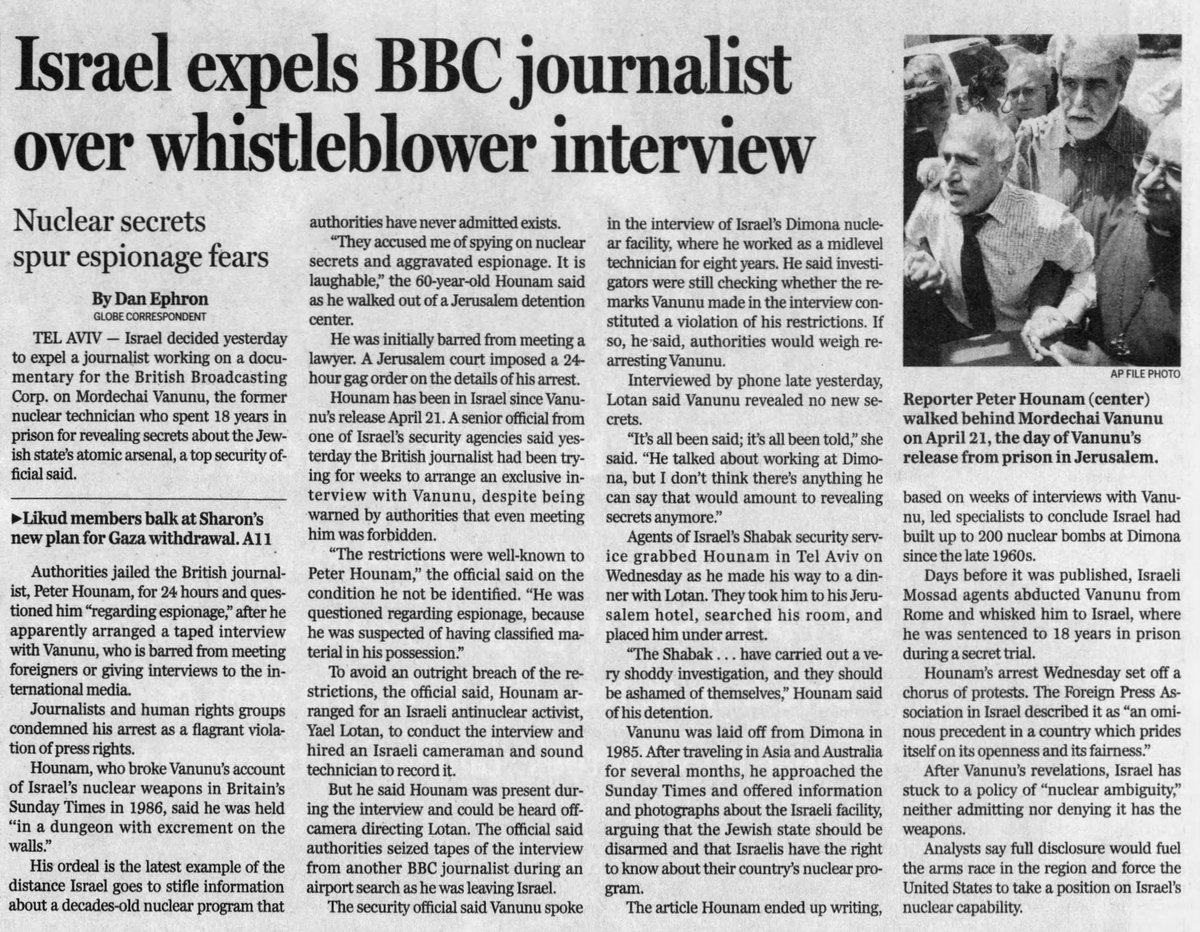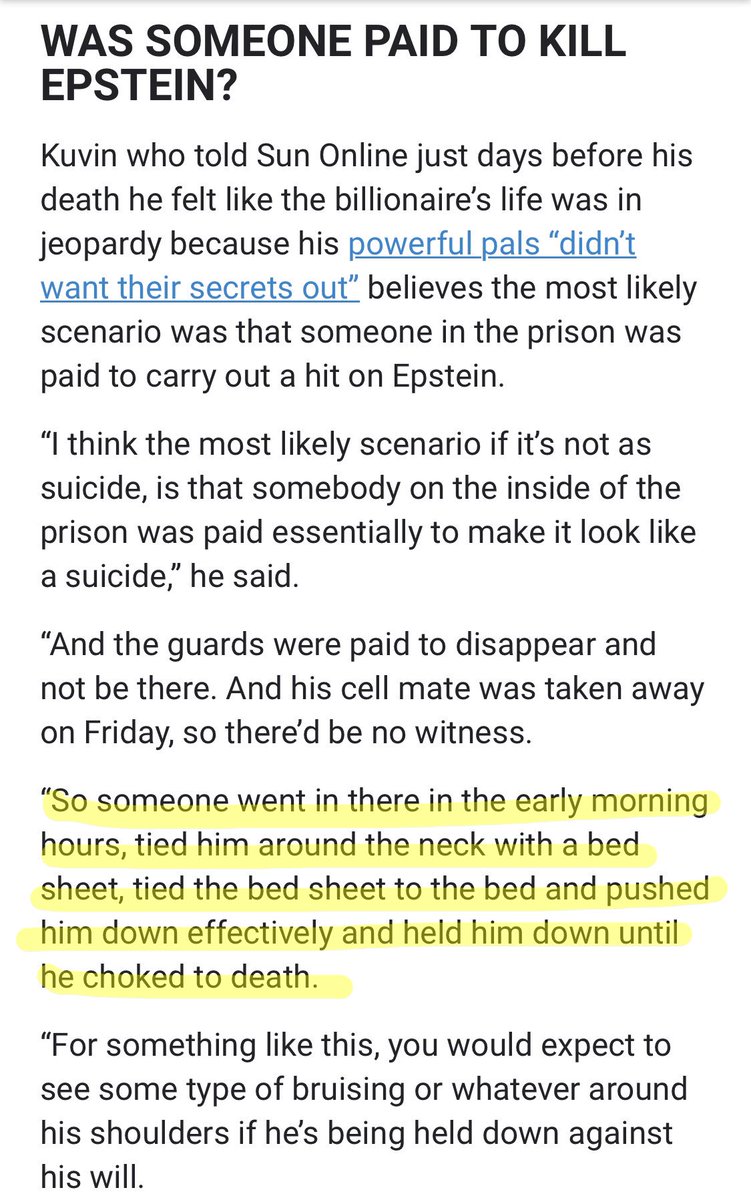The terms are also important to define Maxwell's role in the organization.
#EpsteinScandal
📕Via "Robert Maxwell, Israel's Superspy"
📕"Superspy"
📕Via "Robert Maxwell, Israel's Superspy"
Sayans could be reimbursed for expenses, but frequently did not claim them.
📕Via "Superspy"
📕Via "Robert Maxwell, Israel's Superspy"
📕Via "Other Side of Deception"
🖼️Photo: Les Stone/Sygma via @NYMag
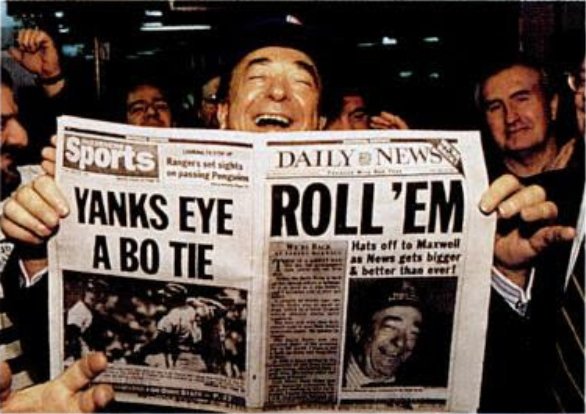
📕Via "Other Side of Deception"
Vanunu told Guerrero his story.
Guerrero tried to flee the office clutching his briefcase and “we did at that stage try to prevent him from leaving.”
In any case, Vanunu was under suspicion and placed under surveillance when he arrived in London.
Maxwell assigned the story to a group of reporters, led by the newspaper’s editor Michael Malloy, who checked out Guerrero and decided he was a conman.
Miller was also fired in 1990 by Maxwell.
They also printed pictures of Vanunu, calling him “the mole” which blew his cover in London.
When the team discovered that Vanunu had been spending a lot of time with “Cindy,” they became worried and suspicious.
“Cindy” had purchased a business-class seat to Rome for herself on British Airways Flight 504 and offered to pay for Vanunu’s ticket as well.
“Cindy” was in fact an Israeli spy and her real name was Cheryl Bentov AKA Cheryl Hanin and had grown up in Orlando, Florida.
Her father had no idea that she had worked for Mossad.

A man walked in and tossed over a copy of The Sunday Times with the pictures of the Dimona reactor.
“See the damage you have done,” the man said.
Nevertheless, Vanunu was ordered to stand trial.
Maxwell, Davies and The Daily Mirror together sued Hersh and his publisher Faber and Faber for libel.
Hersh also alleged that Davies was peddling arms to Iran out of his London house with his Israeli partner, Ari Ben-Menashe.
📕Via "Robert Maxwell, Israel's Superspy"
But on October 21, 1991, the issue was brought up in Parliament enabling newspapers to write about it.
Hersh continued, “I did not approach this as an ingenue. I approached this as someone who has an awful lot to lose if I did not check my story properly.”
He moved to Australia in 1992 and then Montreal, Canada.
Maxwell also denied it to Davies, saying “I’m your friend.”
In a twist of fate, Brookes stayed in his job after Maxwell died.
Hersh had been told that Maxwell had been in direct contact with the wiretappers.
Hounam said he was held "in a dungeon with excrement on the walls."
vimeo.com/76901546
Hounam's 1986 articles revealed that Israel had built up to 200 nuclear bombs at Dimona since the late 1960s.















